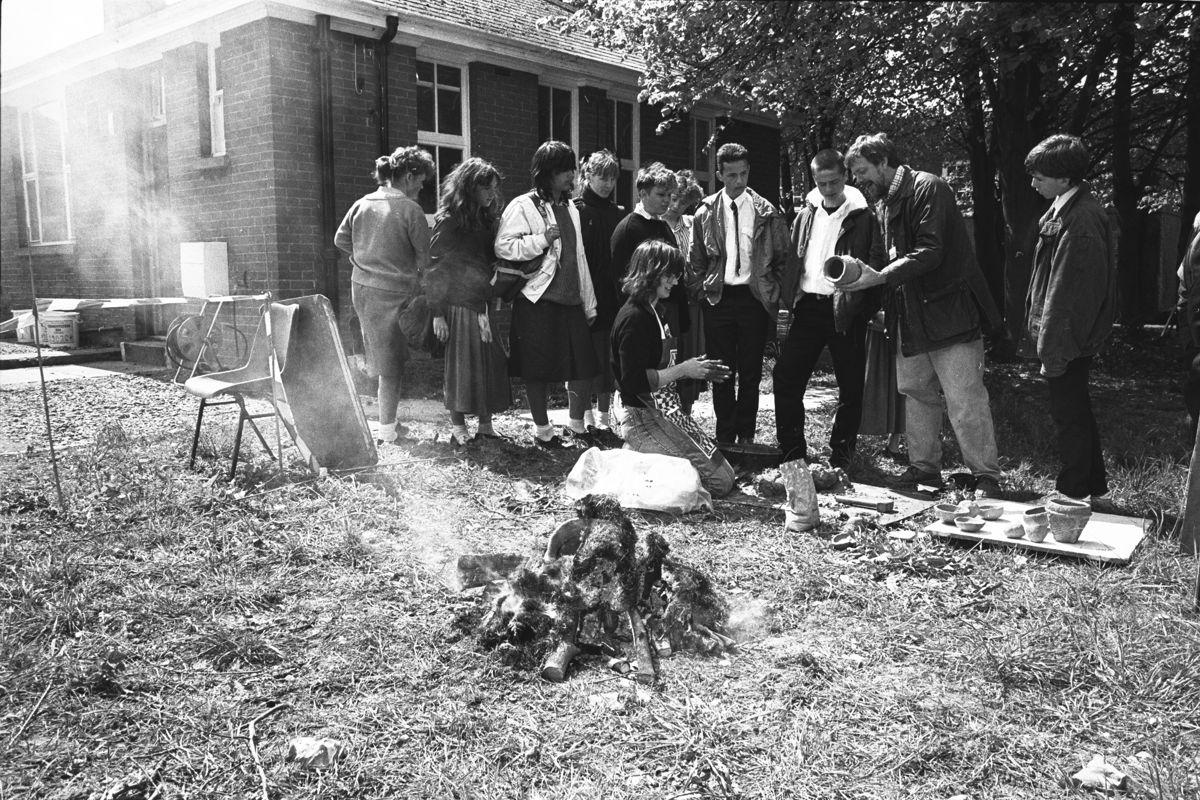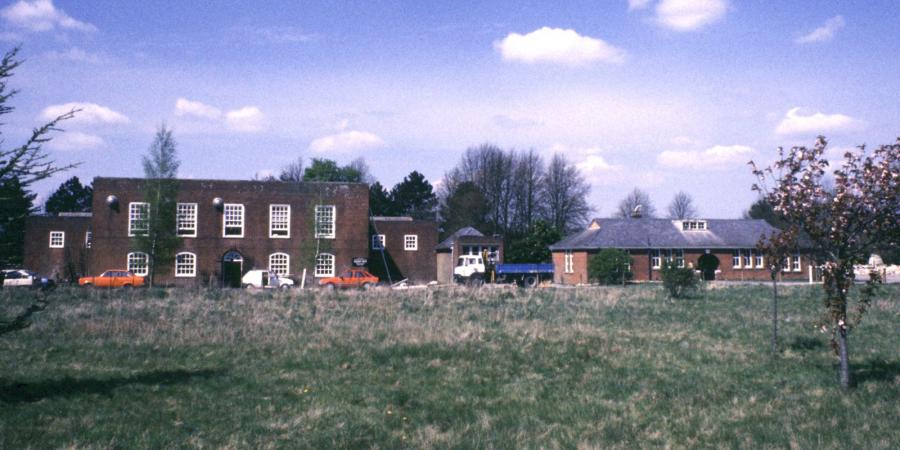What happened in 1988?
- Margaret Thatcher became Britain’s longest serving Prime Minister of the 20th century
- Controversy over Section 28 of the Local Government Act, preventing the promotion of homosexuality by local authorities
- Average house price £60,000
- Concert at Wembley Stadium in honour of Nelson Mandela’s 70th birthday
- Government unveils plans for a new ID card scheme
- Aids and salmonella in eggs crisis
- The first GCSE exams
- £1 notes cease to be legal tender
- IRA killings in Ireland, The Netherlands and Lisburn
- British football fans arrested for hooliganism in Germany during the European Championships
- The Piper Alpha disaster. The Clapham train crash and Pan Am Flight 103 explodes over Lockerbie
- Nurses’ strike. Postal workers’ strike. Ferry workers’ strike
- The first Red Nose Day raises £15 million
- Pubs allowed to remain open all day (beer at 99p a pint)
- Interest rates of c. 13%
- Dog licences abolished
AND WESSEX ARCHAEOLOGY MOVED TO PORTWAY HOUSE!
The move had been in the planning for about a year, the staff first being informed at a staff meeting on the 8 June 1988. We were still called the Trust for Wessex Archaeology in those days and we’d already long outgrown our office space behind Salisbury Museum in the Close, renting half a floor of Dunn’s House (the now brick office building beside the ring-road opposite Waitrose, but then a rather tired concrete, former seed warehouse with a very dicky plumbing system), for activities considered to be the ‘dirtier’ side of our operations. True to form, this was mostly finds work and box storage – does nothing change? Portway House then consisted of three separate buildings – the Ops Block and Medical Block, and a garage in between which had once housed the airfield fire-engine. It would reunite us in much more space (14,000 square feet, compared with 9000 – and there were only 35 of us then, remember), but was rather dilapidated and difficult to access on the then-semi derelict airfield except by car.
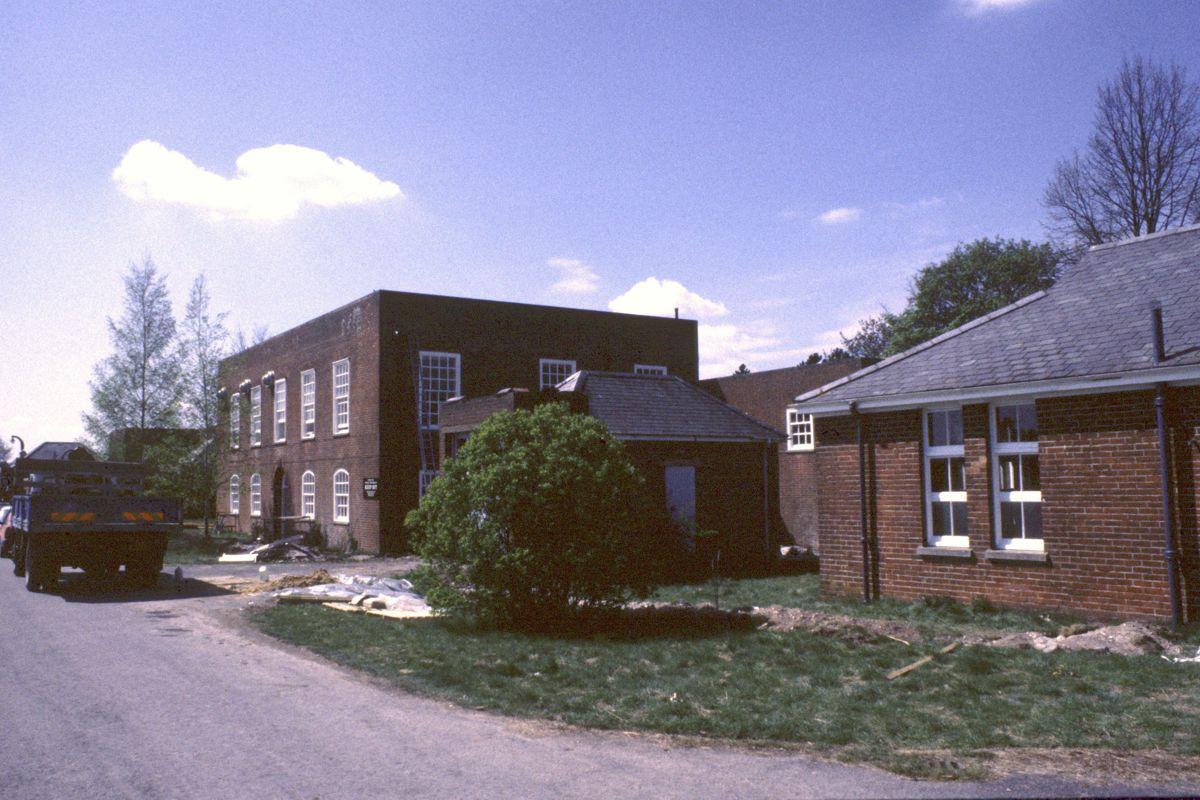
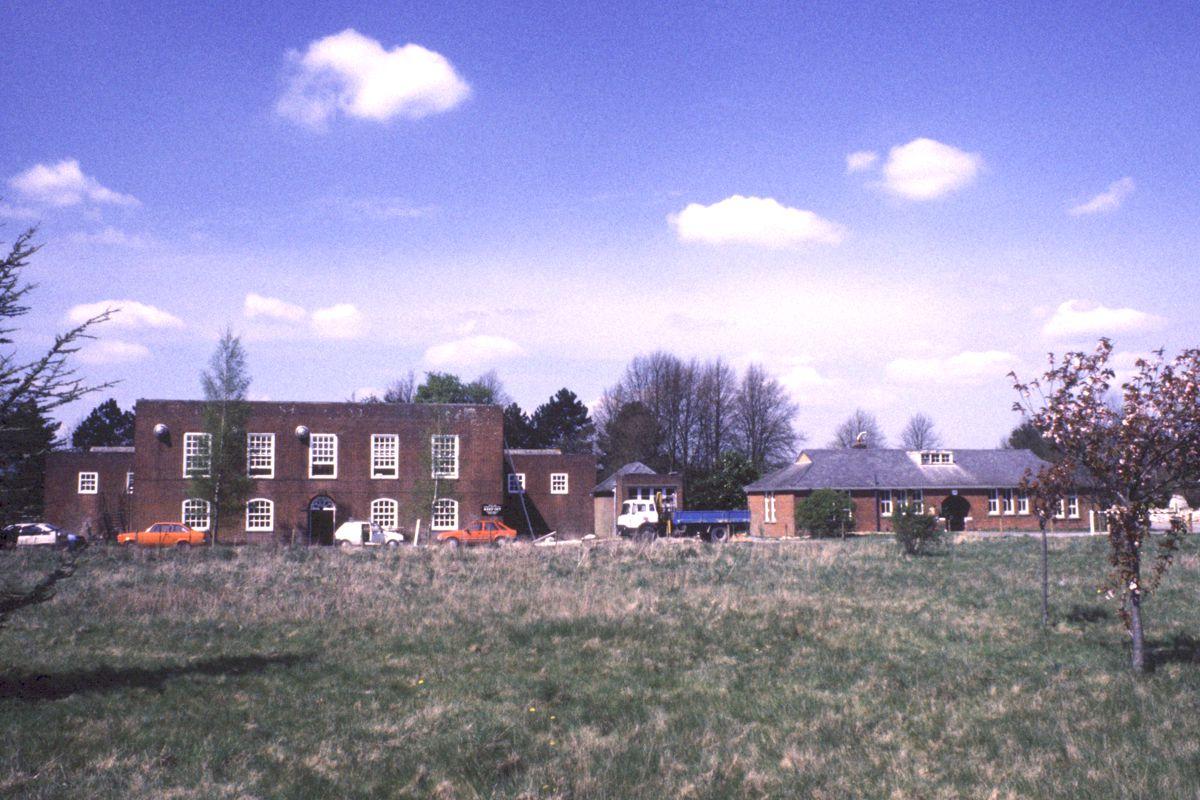
Purchase and repair was expected to cost £250,000, with an 18 year loan. By August 1987, staff were informed that although our initial bid had failed, all was not quite lost IF one of our clients was willing to act as a guarantor. Amazingly, MEPC agreed – and on the 20 October 1987 all staff had a chance to explore our newly purchased home. I’m not sure we were very impressed – “dilapidated” was a kind word to describe its state… it had been empty for about 15 years! Lead had been stolen from the roof, so water had been cascading down the main stairs, the Drawing Office was painted black throughout in its previous life as the night-time Ops Room, there were vast numbers of urinals in a single huge room, but no facilities for ladies at all. The Medical Block still contained many traces of its original use – red tiled floors with curving edges, so blood wouldn’t show and all fluids could be cleaned up easily, fittings for a dentist’s chair, several bath rooms – and a faint, ghostly whiff of antiseptic…
Winter 1987 saw the beginning of restoration works and much heated discussion about the ways in which the buildings would be used and who would sit where. The Managers were always destined to have offices in the Medical Block as they still do.
On the 11 April 1988, it was announced that the week of the 27 June−1 July was to be set aside for the move. Much of the necessary building work had been completed and the rest was underway… but at double the expected cost. So staff were asked to do voluntary evening or weekend work during May to clean the place up and do the basic decorating. (We had to wait because the electricity wasn’t due to be connected till the end of May, and it wasn’t going to be light enough for us to work in the evenings during April!) These activities were co-ordinated by Rob Read, the then Head of the Drawing office – and the DO staff in particular got very involved, completing all the ‘preparation’ work in the DO by the 26 May, although even they hadn’t started the actual painting. The Finds Room and the Medical Block weren’t even started, so yet another flurry of memos went out, ‘encouraging’ volunteers!
Although a commercial company was engaged to move the ‘office furniture’ (aka the stuff from King’s House in The Close), everything else was going to be packed and moved by the staff. The early part of June therefore saw vans flying off in all directions, depositing as many archives as possible so we didn’t have to move them twice, but this still left us 2400 finds boxes and associated paper archive, the shelving and all the other furniture, equipment and miscellaneous junk in Dunn’s House. An elaborate plan was drawn up by the Finds Manager, Elaine Morris, to move the stuff over four days, with the fifth reserved for cleaning Dunn’s and problem sorting in Portway.
Fuelled by a large tray of cakes from Appleby’s bakery each day (sadly no longer trading), courtesy of the Director, Andrew Lawson, the move was completed by Thursday of that week. Any undecorated areas were worked on by anybody free for the next couple of days… but if you look up above the Gallery windows in the Finds Room the original pink and blue paint is still there. Once the shelves and furniture were in, there was no room for the self-assembly scaffy tower (generally used for site photography), and we couldn’t come up with another way to reach over the windows.
Gradually, we returned to project work the following week and began to settle into our new home. Tea breaks were initially to be staggered – amusingly given our current situation, the tea room (now the two offices of the opposite side of the corridor to the men’s toilets and current kitchen), wasn’t considered large enough to cope with all 35 of us at once! Three groups – the Drawing Office and Finds staff, Admin and the Project Managers and the Project Officers and Assistants – were all given individual time-slots. It didn’t catch on though, and we all had breaks together, sitting on the grass outside the front door in the summer, chatting and playing with the dogs then allowed to be brought to work and a neighbouring white cat, and in the tea room (with a folding partition between the smoking and non-smoking areas) in the winter. For a year after the move, we were also allowed to claim additional travel costs of £1.80 per day, equivalent to the bus fare from the city centre. Came in very handy while saving for a car!
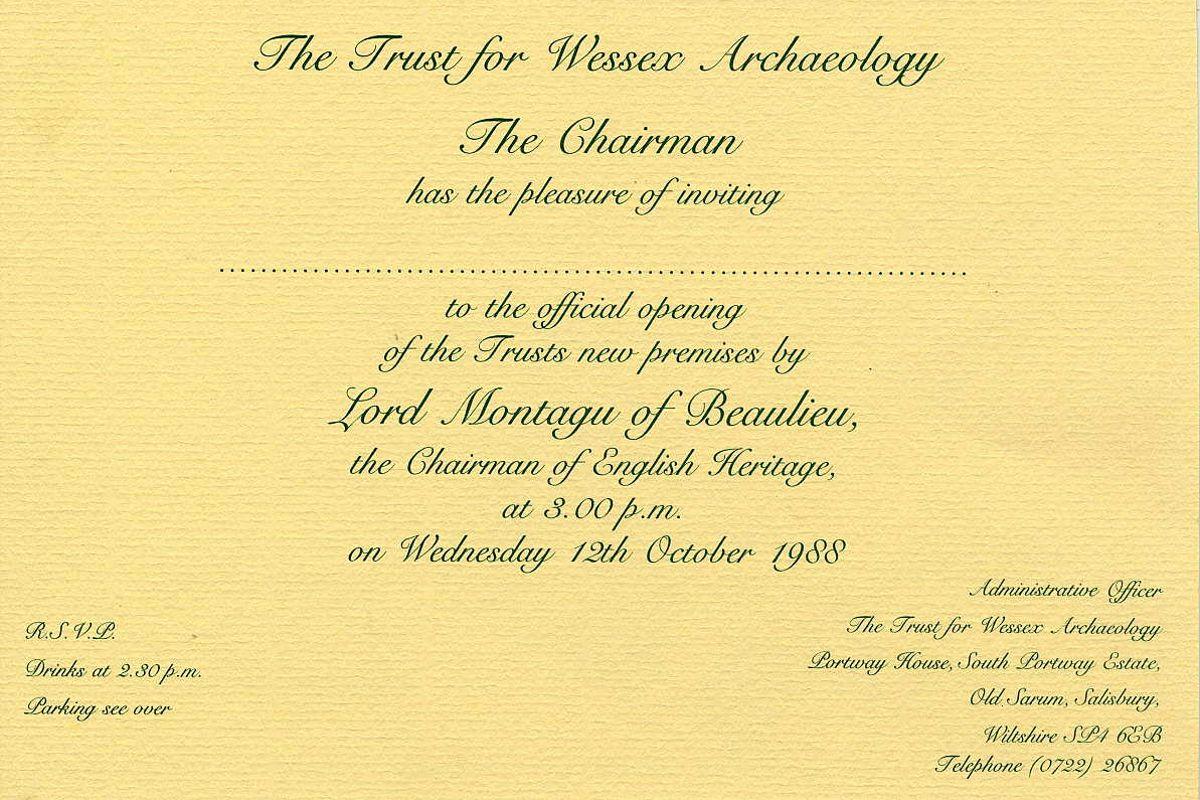
Portway House was formally opened on the 12 October by Lord Montague of Beaulieu amid a public open day attended by about 900 people, but has been WA’s official work place since the 1 July 1988. It might not be the smartest office building on the block or even quite big enough for us all now, but it’s served us pretty well, keeping us safe and (mostly!) dry over the last 30 years. Here’s to the next … and maybe one day the top of the Finds Room WILL get painted!!
